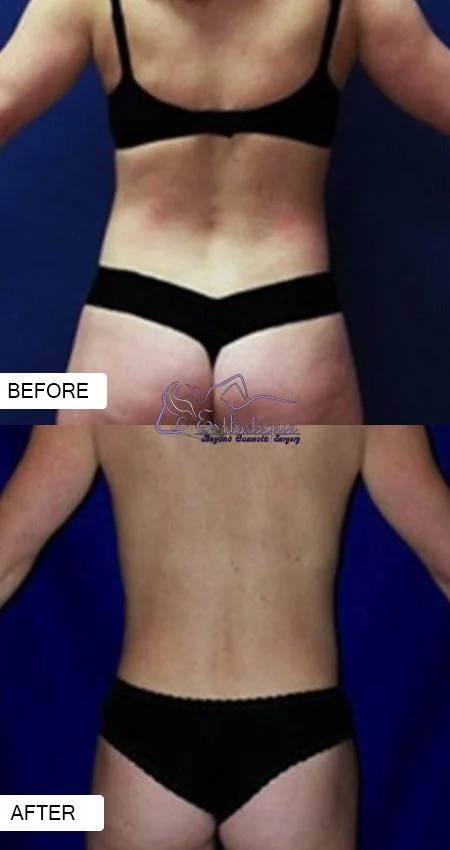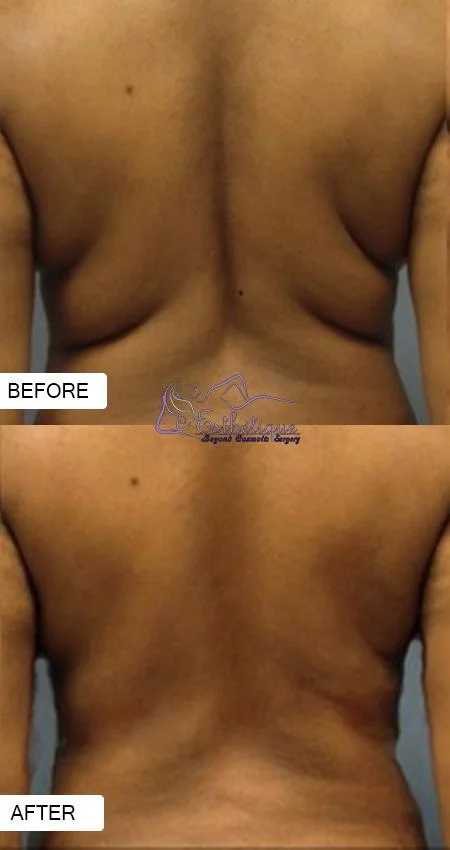What is liposuction?
Liposuction is a cosmetic technique used to break down and remove excess fat from the body. It assists you in getting rid of diet and exercise-resistant fat from your hips, buttocks, love handles, thighs, ankles, breasts, arms, back, neck, face, and saddlebags.
Liposuction surgery is one of the most popular and risk-free cosmetic procedures in Lucknow for getting into shape. This cosmetic operation permanently eliminates fat cells to give modest results. It improves and refines body shape.
You can undergo Liposuction in Lucknow as a standalone treatment or in conjunction with breast reduction, tummy tuck, or facelift surgery at a bearable cost.
The ideal candidate for liposuction surgery
- If you've tried every diet plan and exercise routine to get rid of stubborn fat and still can't seem to get rid of it, this procedure is for you.
- If you want to look leaner and more appealing in assorted body-hugging outfits.
- To achieve a smoother contour and greater definition in a specific body region.
- Get rid of fat deposits in certain places of your body that appear disproportionate to the rest of your body.
- If you suffer from lymphedema, gynecomastia, lipodystrophy syndrome, or lipomas.
- Patients have a constant weight but possess excess fat in certain body areas.
Procedure and recovery time
Step 1 - AnesthesiaAdministering general or local anesthetics ensures the patient's comfort. Your surgeon in Lucknow will propose the best option for you.
Step 2 - The incisionYour Lucknow surgeon will perform Liposuction using unobtrusive and tiny incisions. Diluted local anesthetic is administered to decrease trauma and bleeding. A tiny hollow tube (cannula) is introduced into the incision. The cannula is pushed back and forth in a controlled way to release the extra fat. The fat is suctioned out of the body using a syringe or surgical vacuum coupled to the cannula.
Step 3 - Closing the IncisionDissolving sutures help to seal the incisions. To remove non-dissolving sutures, you will have to go to the doctor for a follow-up visit in Lucknow.
Types of liposuction procedures
Your surgeon can suggest any of the multiple Liposuction methods in his Lucknow clinic at an affordable cost.
- Tumescent liposuction - Several liters of saline solution and local anesthesia are used to block the nerve vessels and let the fat cells swell that need to be suctioned out.
- Dry liposuction - Super wet liposuction - Performed under anesthesia by our experienced doctor in Lucknow, this version of the tumescent method involves less fluid injection.
- Super wet liposuction - Performed under anesthesia by our experienced doctor in Lucknow, this version of the tumescent method involves less fluid injection.
- Suction-assisted liposuction - It is the most common type of liposuction in which a strong vacuum is used to shatter and suck the fat.
- Power-assisted liposuction - The cannula in this procedure features a vibrating tip that accelerates the motion of the cannula, making fat removal straightforward, pleasant, and quick.
The movement is precise, tiny, and controlled.
If you had an outpatient procedure in Lucknow, you should be able to return to work in a few days. You should feel like yourself again two weeks following surgery. It may take up to six weeks before you may resume your normal physical activities, such as exercising.
After your liposuction operation, you will have scars. Following surgery, your physician in Lucknow will advise you on how to care for yourself to reduce the possibility of ugly scarring or problems as you recuperate. After the surgery, most people have relatively few scars.
Benefits of Liposuction Surgery
- You will have a safe removal of stubborn fat from certain areas of your body.
- The process of liposuction permanently removes fat from the treated areas of the body.
- It can help you get closer to your desired weight and BMI, resulting in better overall health.
- Liposuction enhances your look by providing you with a more visually pleasing body and changing how others see you.
- Liposuction frequently improves patients' self-esteem, helping them feel more comfortable in their clothes.
- You can opt for this surgery at a reasonable cost.
Schedule Appointment
Send us a message or give us a call today. We'll book your appointment.
Book NowFrequently Asked Questions
Not many studies verify that once we reach adolescence, the total number and distribution of fat cells are fixed. The result of Liposuction is permanent, as it involves removing actual cells, and they won’t be replaced.
Although it can be done under local anesthetic, we prefer to use general anesthetic in the majority of cases. Since you are unconscious when under a general anesthetic, you will not feel any pain. It is a very safe procedure done at an inexpensive price, and the patient can return home the same day.
When liposuction is performed entirely under local anesthetic, patients can usually leave the surgical center within 30 minutes of the procedure's completion. When general anesthesia is used, patients often need one to three hours of post-anesthesia supervision before being discharged for home in Lucknow or elsewhere.
All surgical procedures involve some risk. However, liposuction has a strong safety record and the dangers are reduced when surgery is performed by a board-certified, professionally trained plastic surgeon in Lucknow.
Before and After Results
- Pain: Mild discomfort that can be controlled by drugs.
- Bruising: Minimal bruising may temporarily occur in the targeted area.
- Numbness: There may be numbness in the targeted area. This should improve in 6 to 8 weeks.
- Scarring: Scars fade within one to two years and can usually be hidden with the help of clothes.
Detailed Information for Liposuction
This is an informed consent document prepared by Dr. Sumit Malhotra to inform you about liposuction, the risks, the alternative treatments, and the involved costs in Lucknow.
Read Now


